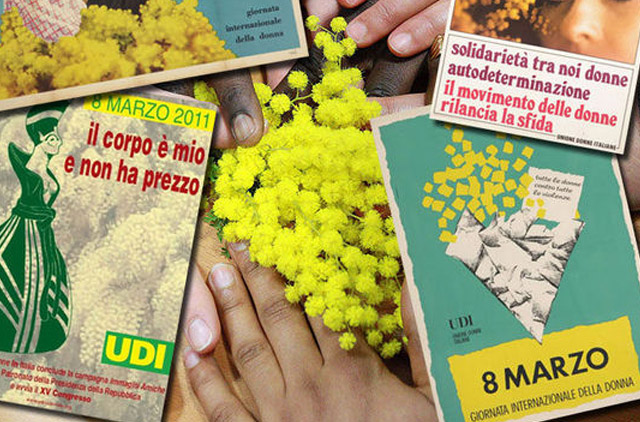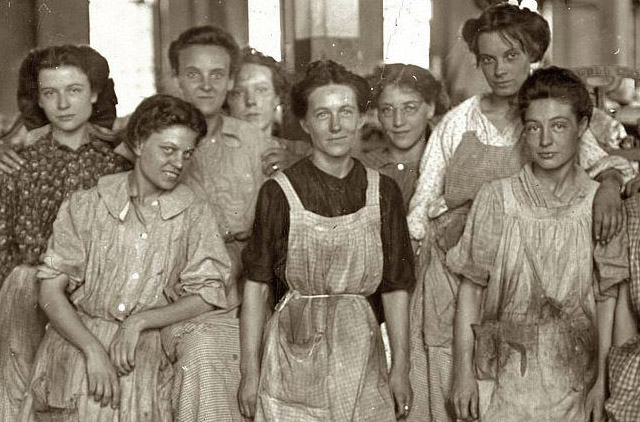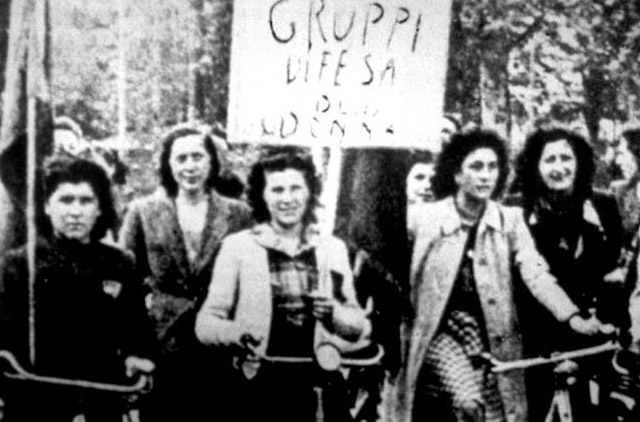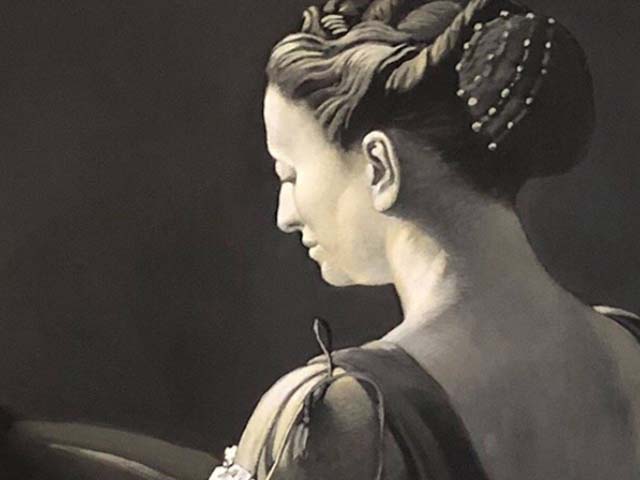
Honoring Women: Empower, Support & Share the Yellow Mimosa Tradition
What Does International Women’s Day Mean?
At The Art of Loving Italy, we celebrate International Women’s Day by honoring the strength, resilience, and dreams of women worldwide. If we could, we’d hand every woman a yellow mimosa flower—a symbol of support, empowerment, and the confidence to achieve anything they aspire to.
Fittingly, our acronym “ALI” means “wings” in Italian. We believe all women deserve wings—to rise above challenges, embrace new perspectives, and soar toward their fullest potential. Just as art transforms the way we see the world, we hope this space inspires you to envision not just what is, but what can be.
”Each time a woman stands up for herself, without knowing it possibly,
without claiming it, she stands up for all women.”
— Maya Angelou
The Roots of Women’s Day
This month, we celebrate International Women’s Day—known in Italy as “la Festa della Donna.” It takes place on March 8 every year and commemorates women’s social, political, and economic achievements, as well as the discrimination and violence women still face in many parts of the world.
La Matta parla della festa delle donne

Global Events That Inspired the Celebration
Women’s Day in Italy has roots in events outside the country. On March 8 in 1857, 1908, and 1917, textile workers in New York went on strike, leading to the formation of the first women’s union in the U.S. This sparked movements for universal suffrage and women’s rights.

A Tragic Event: The Triangle Fire
Many of you are likely familiar with the tragic story of March 25, 1911: the Triangle Shirtwaist Factory fire in New York. It was the deadliest industrial disaster in the city’s history, killing 146 garment workers—many of them young Italian and Jewish immigrant women aged 16 to 23.

From Protest to Tradition: The Evolution of Women’s Day
Then, another significant event… Seventy years after the first American strike in 1857, Russian women organized a strike under the slogan “bread and peace,” to never forget the horrors of World War I and the Russian Revolution.
In Italy, in September 1944, the UDI—Union of Women in Italy—was founded in Rome. It was the UDI that took the initiative to celebrate Women’s Day on March 8 in Italy. After the war ended, starting in 1945, the celebration spread throughout the country. It was at this time that the mimosa flower was chosen as the symbol of the holiday, an idea proposed by Teresa Noce, Rita Montagnana, and Teresa Mattei.
This civil holiday was originally born as a political movement. Over the years, however, it became intertwined with cultural traditions in many countries. In some places, the day eventually lost much of its political tone and instead evolved into an occasion for men to show appreciation and love for the women in their lives.

The Mimosa Flower: A Symbol of Resilience and Love
A lesser-known, albeit likely mythical, story connects the mimosa flower to the tragic Triangle Shirtwaist Factory fire of 1908 in New York, suggesting that a mimosa tree sprouted near the site of the disaster. While there’s no evidence to support this claim, the tale persists as a poetic link between the flower and the memory of women who fought and suffered for equality. Whether fact or fiction, the association of the mimosa with Women’s Day transcends its origins, serving as a poignant reminder of the ongoing struggle for women’s rights and a celebration of their achievements worldwide.
A Thought for Women Around the World
A thought for all my friends… Happy March 8 to all women,
Thanks to those who fought to give women the freedom to be themselves








